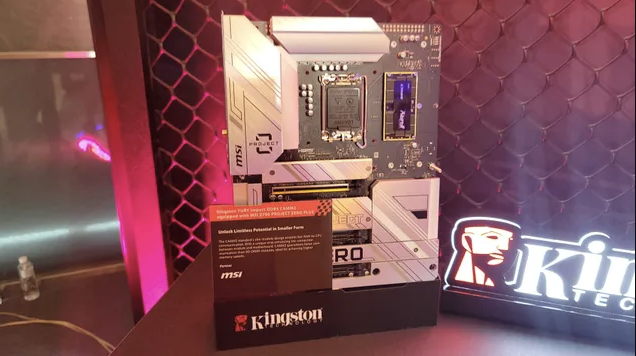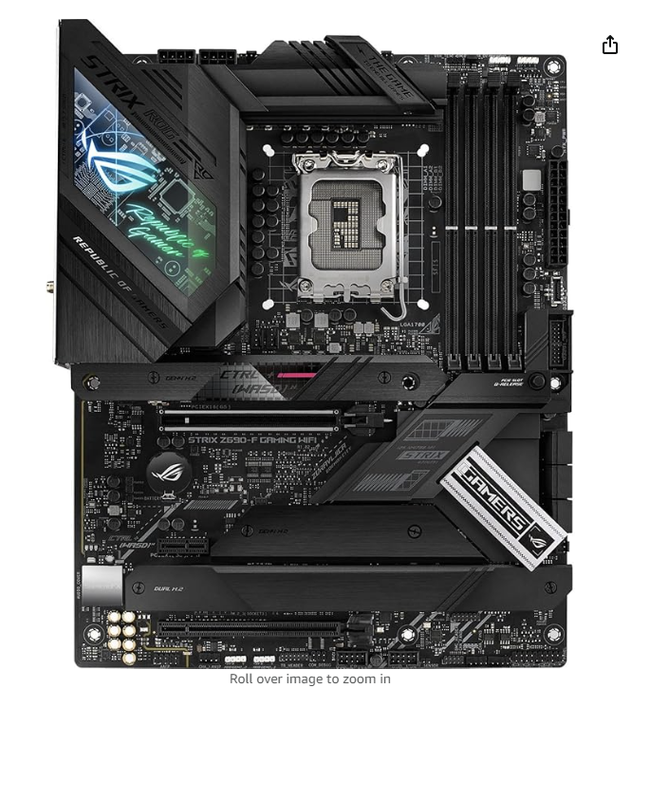Beside Computex, i don't believe we have heard anything since then other than some manufacturers will release motherboards with CAAM2 possibly around the same times the x870 boards are released.
Whilst i'm one of the many who are planning to upgrade when the X3D chips land, would it make sense to wait longer and get the latest gen of everything.. or is it getting over-hyped with no concrete release date?
I was thinking a 9 series chip with a b650e/x670e mobo since i've heard the x8xx series is not really ground breaking/not worth the money, but if CAAM2 is just around the corner too, maybe i should go with that instead
Whilst i'm one of the many who are planning to upgrade when the X3D chips land, would it make sense to wait longer and get the latest gen of everything.. or is it getting over-hyped with no concrete release date?
I was thinking a 9 series chip with a b650e/x670e mobo since i've heard the x8xx series is not really ground breaking/not worth the money, but if CAAM2 is just around the corner too, maybe i should go with that instead





